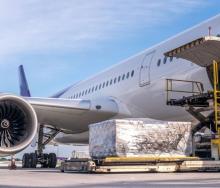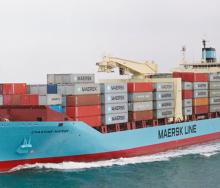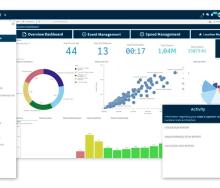Ocean shipping network INTTRA, in conjunction with SeaIntel, a specialist in container shipping market analysis, have just released a shipping reliability report that combines on-time performance and schedule reliability measures.
The report provides shipping decision-makers with access to standard performance measurements at both the vessel and container level, creating visibility into actual shipping performance.
"With an 81% global schedule reliability average, measures previously available enabled the industry to only identify vessel performance," according to INTTRA. "With the addition of on-time performance metrics at a level meaningful to the shipper, the data is now actionable for carriers and their customers."
According to the report, gaps exist between vessel arrival and delivery reliability. With an average of 900 000-1 000,000 container status messages processed daily, supporting transactions that represent over 18% of the world’s total container shipments, INTTRA’s data provides visibility into comprehensive on-time performance measurements, the spokesman said. The results of trade lane analysis, which compared vessel arrival reliability based on SeaIntel’s measurements with the actual container delivery reliability based on INTTRA’s data, identified a significant gap between these performance measures.
“For the first time shippers can now analyse actual container delivery time versus vessel arrival time on a country-by-country level,” said Lars Jensen, CEO of SeaIntel Maritime. “This is a game changer in how shippers can evaluate carrier performance and make more informed decisions on how their freight is moved. While knowing when the vessel arrives is an indicator of on-time arrival, what’s most important to a shipper is how timely their cargo is moving. With this report, shippers now have timely information, at a level of detail that makes it actionable.”
The Asia to Europe and Asia to North America trades are both characterised by the container delivery being 8-10 percentage points lower than the vessel reliability. However, the highest variability is seen from Europe to Australia/New Zealand where vessel reliability on the direct service is 88%, but container delivery is only 36%, a variance of 52 percentage points.
“The tendency is to look exclusively at the carriers when discussing shipping performance reliability,” said Ken Bloom, CEO of INTTRA. “The information captured through INTTRA enhances performance conversations and can be used to identify more precisely where improvements may need to be made. We hope that by providing the industry with consistent, easily accessible and reliable performance information, we will be able to solve reliability challenges and begin to work on other industry improvements.”












